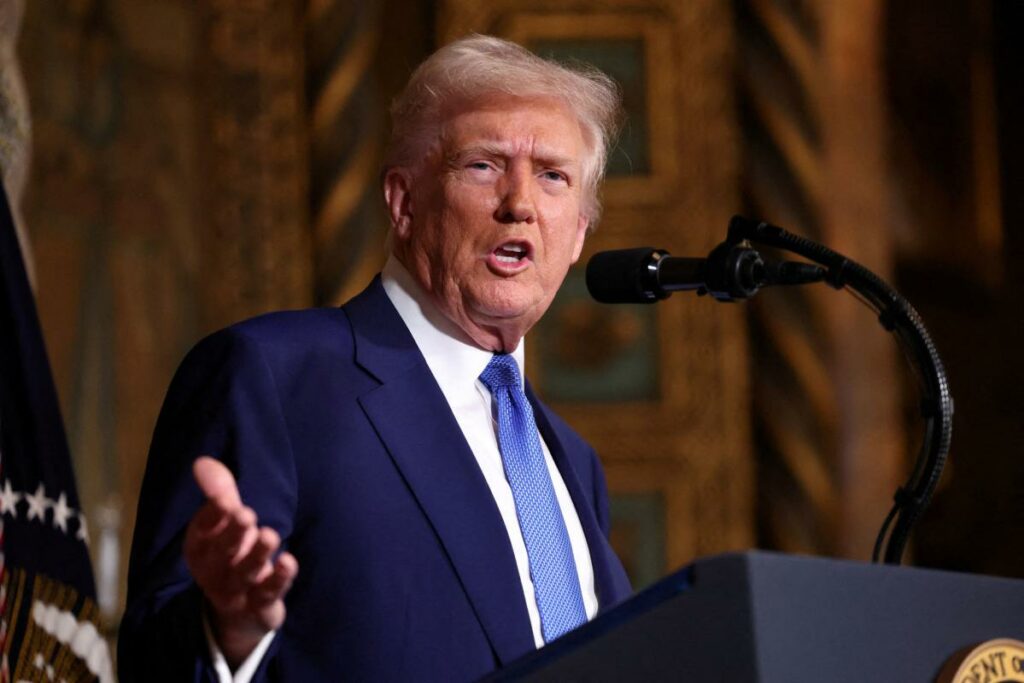Approval Ratings and Political Division: An Overview of Recent Trends
Shifts in Presidential Approval
In recent developments, a Gallup survey revealed a slight decline in US President Donald Trump’s approval rating for February, dropping by two percentage points to 45%. This dip is indicative of the heightened political polarization that has emerged following Trump’s aggressive rollout of executive orders and new policies aimed at transforming the structure of the US government.
Partisan Discrepancy in Perception
The data paints a stark picture of electoral division: an overwhelming 93% of Republican respondents expressed their satisfaction with Trump’s performance. In sharp contrast, only 4% of Democrats and merely 37% of independent voters echoed this sentiment. This staggering partisan divide—an 89% gap—marks the most extensive disparity recorded by Gallup throughout any administration.
Economic Concerns Amid Policy Initiatives
Among Trump’s proposed initiatives, his commitment to increasing deportations is met with notable support from segments within the electorate. Nevertheless, concerns regarding economic direction persist; a recent Reuters/Ipsos poll indicates that the proportion of individuals believing the economy is heading in an unfavorable direction has risen sharply to 53%, reflecting a ten-point increase since January. These statistics indicate growing unease among citizens about economic stability.
Inflationary Pressures and Federal Reserve Actions
Further complicating matters, last month witnessed unexpected rises in inflation rates across the United States. This shift prompted cautious responses from the Federal Reserve, which has tempered anticipations for swift reductions in interest rates amidst these economic challenges.
Conclusion: Navigating Uncertain Waters
The current political and economic landscape highlights significant challenges ahead for President Trump as he navigates through complex voter sentiments while trying to implement his policy agenda. As public opinion continues to evolve amidst shifting priorities, both lawmakers and citizens will likely remain vigilant regarding these pivotal issues moving forward.
